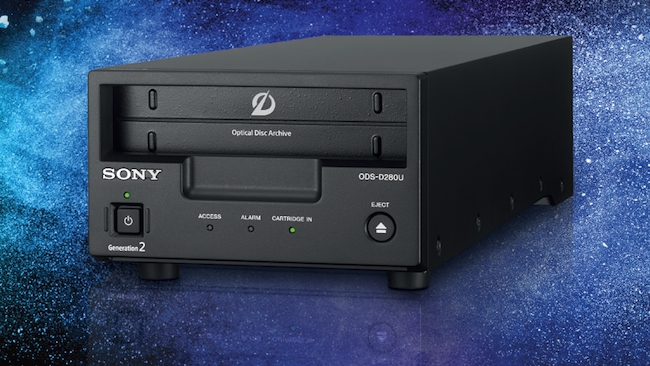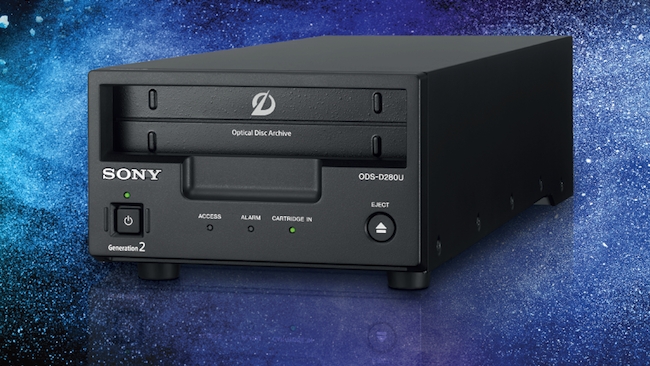

While the topic of how you manage an archive can never be as exciting as other jobs in the media industry (like hanging precariously out of a helicopter while shooting a stampeding herd of wildebeest), it’s one of the most important aspects of any production business.
Quite simply, once your projects are delivered, then what is stored in your archive has a very significant value. Sometimes, your business’s very survival can depend on it.
On an everyday level, being able to search and retrieve material quickly (and sometimes automatically) from your archive can boost the value of your business and services.
Let’s start with some of the basics
As the era of tape disappears over the horizon, files have become the medium of production. A digital file is a concept, not a thing. Just as you can’t put an idea for a new novel or a memory of a puppy on a bookshelf, files have to be stored on a digital medium.
This brings huge advantages. You can make perfect copies of digital files. They don’t degrade with time.
But for now, let’s keep our focus on tape, because even if you’re storing digital video on tape, tape is physically a magnetic medium where all those numbers are represented by magnetism, and that can degrade with time, direct contact or get corrupted. Tapes can stretch, tangle and break. It doesn’t matter how clever your error correction - it’s not going to help if your tape is broken and twisted.
So material stored on tape is vulnerable. It’s not going to last for ever, and no-one can say how long it actually will last.
And even if it did last for ever, tape players won’t. At some point, you won’t be able to play your recordings. All that value will be lost.
With modern archive technology, none of this is a problem - especially if you choose optical storage such as Sony’s ODA System which is backward compatible, scalable, future proof and requires no special storage environment.
Archiving is not just about storing your material. It’s about accessing it and using it too.
Disk-based formats are easy to browse - so you can locate material you might want to use - and they’re fast, too. So if you find a clip you want to use, even in a live program, you can be on-air with it within seconds.
The contrast between an easily browsable archive and a stack of tapes is massive. Real-time browsing means you can see all your material, search for categories and specific items, and - basically - be aware of all the content you have stored. With tape, you have to rely on your own memory, or the distant possibility that someone has made detailed notes.
Once you have your archive content in a searchable repository, you can not only store and retrieve footage easily, but you can make it available to the public via the web, or even sell it to other broadcasters - and all of this can be automated.
Efficiency is paramount in a competitive market. With valuable content languishing on obsolete analogue media, your resources are being wasted. Not only that, but they might disappear altogether, or become inaccessible - like a forgotten memory.
Digitising is now easy and the benefits are immense. It keeps all of your content current and available.
Sony has years of expertise in designing and selling advanced archive systems. Sony’s Optical Disk Archive - ODA - is designed to keep data safe for more than 100 years with zero wear and tear. It guarantees inter-generational compatibility and a low total cost of ownership. To find out more about ODA click here.
Tags: Production


Comments